Artee Riders Club (아띠인력거)
6.0Km 2022-09-15
43, Bukchon-ro 5-gil, Jongno-gu, Seoul
+82-1666-1693
Artee Riders Club is the first company that offers rickshaw tours in the nation. Not only do you get to ride on the rickshaw to tour around popular attractions including Bukchon Village, Seochon Village, the rickshaw tour guides you to the smaller alleys as well. Travelers to Bukchon Village may have their belongings or luggage stored at the center, and individual's insurance as well as a complimentary drink are offered.
Buam-dong (부암동)
6.0Km 2024-03-15
Buam-dong, Jongno-gu, Seoul
+82-2-2148-1807
Buam-dong is a village located north of Gyeongbokgung Palace. It is designated as a development-restricted zone due to its proximity to the Cheong Wa Dae, preserving the old neighborhood's appearance. There are numerous bakeries, cafés, restaurants, and small galleries housed in renovated traditional houses, making it a delightful place for a leisurely stroll. The nearby hiking trails connected to Bugaksan Mountain offer a tranquil journey through the forest, ideal for those seeking a peaceful retreat.
Seungjin Toy (승진완구)
6.0Km 2025-01-06
30, Jong-ro 52-gil, Jongno-gu, Seoul
+82-2-747-1900
Seungjin Toy is a toy store that carries almost every kind of toy imaginable from stuffed animals to character dolls and much more. What makes this store even more attractive to many customers is that their merchandise is, on average, 30% cheaper than that of their competitors.
Hwangsaengga Kalguksu (황생가칼국수)
6.0Km 2024-03-18
78 Bukchon-ro 5-gil, Jongno-gu, Seoul
+82-2-739-6334
Hwangsaengga Kalguksu is a specialty restaurant located near Gyeongbokgung Palace, known for its kalguksu (noodle soup). Kalguksu is a type of noodle soup made by thinly slicing dough into noodles with a knife and boiling them in a broth made from beef bones, clams, or seafood. Their menu includes options like wang mandu (jumbo mandu), hanu suyuk (boiled Korean beef slices), kongguksu (noodles in cold soybean soup), beoseot jeongol (mushroom hot pot), and mandutguk (mandu soup). It was selected as a Michelin Guide Seoul 2023 restaurant.
Cheongun Literature Library (청운문학도서관)
6.0Km 2023-08-16
40 , Jahamun-ro 36-gil, Jongno-gu, Seoul
Cheongun Literature Library is located at the foot of Inwangsan Mountain and can be reached by following the mountain's walking trail starting from Changuimun Gate along the fortress wall. This public hanok library is designed in consideration of the sloped topography and the natural scenery of Inwangsan Mountain. The library consists of two floors: an underground floor and a ground floor. While the ground floor is designed as a traditional hanok, the underground floor is made of concrete to support the hanok building and the spacious outdoor yard. By implementing the natural slope in the library's design, the underground southern entrance is exposed, allowing sunlight to enter. The underground floor features a wide collection of books while the ground floor serves as a place for reading. The natural environment surrounding the library adds to the hanok building's traditional and peaceful charms.
Maeumeul Damanaemyeon (마음을담아내면)
6.0Km 2021-03-19
79, Yulgok-ro 3-gil, Jongno-gu, Seoul
+82-2-732-7768
This is a Korean cuisine located in Jongno, Seoul. Also well-known for steak and stir-fried ingredients over rice. The best menu at this restaurant is noodles.
Dongdaemun Stationery Store Street (동대문 문구완구거리)
6.0Km 2024-03-15
21-1, Jong-ro 52-gil, Jongno-gu, Seoul
+82-2-1330
Dongdaemun Stationery Store Street houses nearly 120 stores selling stationery products like notebooks, crayons, pencils, backpacks, as well as other products like children’s gifts, decorations, and party products. Products can be found at prices nearly 30 to 40% lower than the consumer products, which can be lowered even further when buying in bulk. Products past the season may see the prices drop by more than half.
Moonguesthouse(문게스트하우스)
6.0Km 2024-06-20
31-18, Samil-daero 32-gil, Jongno-gu, Seoul
+82-2-745-8008, +82-10-8704-9981
The Moon Guesthouse is situated near a number of interesting tourist destinations including Unhyeongung Palace (3min on foot), Bukchon Hanok Village (5min on foot), Changdeokgung Palace (5min on foot), and Changgyeonggung Palace (10min on foot). The guesthouse was named ‘moon’ (‘door’ in English) because it has many 176 doors and windows. Upon entering by the gate, visitors will see a ‘ㄷ’-shaped hanok building in the courtyard, in which a wooden bedstead and a table are placed. On the opposite of the hanok building there is a wall roofed with tiles engraved with Korean patterns such as deer, pine, turtle, etc. Flowers in the flowerbed lined up along the wall are in bloom and the bonsai are also well-kept in the house. Renovated and opened as a guesthouse in September 2011, Moon Guesthouse consists of a bonchae (main building) and a byeolchae (detached house). The rooms are decorated with red clay and hanji (traditional Korean paper handmade from mulberry trees), and have under-the-floor heating (ondol). Each room is equipped with an air-conditioner, and has a 40cm-thick layer of red clay over the ceiling for insulation, making the rooms cool in summer and warm in winter. The house has seven individual guestrooms and five modern bathrooms, but the entire building (bonchae or byeolchae) can be rented, too. In particular, the unhyeondang of the bonchae is very popular as it can be converted into one large space for special events, group workshops, etc. simply by opening all the sliding doors (Bunhapmun – Goryeo construction style). This room, which is decorated with a flower-patterned windscreen, a landscape painting, and calligraphy, has been used as a shooting location for various TV programs including KBS2’s TV reality program Man’s Qualification and its variety show The Human Condition. The guestrooms are also equipped with traditional furniture including a cabinet inlaid with mother-of-pearl. The guesthouse also provides a variety of experience programs from 11am to 3pm, including tea ceremony, wearing Hanbok (traditional Korean clothes), making kimchi and gochujang (red chili paste), playing a traditional musical instrument, making a rubbing of a stone inscription, calligraphy, drawing orchids on a fan, and so on. The house has about seventy hanbok and other clothing accessories, as well as a royal costume. Its calligraphy and drawing orchid programs are run directly by the owner, who used to work as a classical Chinese teacher at a high school.
Fine Art Gallery Art Link (갤러리 아트링크)
6.0Km 2019-03-19
66-17, Yulgok-ro 3-gil, Jongno-gu, Seoul
+82-2-738-0738
Opened in March 2003, the Fine Art Gallery Art Link is a gallery that displays art pieces while creating an opportunity for patrons to meet the art and artists. The gallery also contributes to communication between modern art and people through online and offline channels.
Jongmyodaeje (Royal Ancestral Memorial Rite of Joseon) (종묘대제)
6.1Km 2022-10-05
157, Jong-ro, Jongno-gu, Seoul
• 1330 Travel Hotline: +82-2-1330 (Korean, English, Japanese, Chinese) • For more info: +82-2-3210-4806, +82-2-6011-1067
Jongmyodaeje, Korea’s Royal Ancestral Memorial Rite, is a traditional ritual that has been recognized with many important designations. It is a UNESCO Masterpiece of the Oral and Intangible Heritage of Humanity, Important Intangible Cultural Property No. 56 (Jongmyo Jerye), and Korea’s Important Intangible Cultural Property No. 1 (Jongmyo Jeryeak). The ritual is held yearly on the first Sunday of May. It begins with eogahaengnyeol, the fabulous royal parade dating from the Joseon dynasy, which is truly a sight to behold as it moves through the modern city.
Jongmyodaeje originated as a royal ancestral ritual to honor the past kings and queens of the Joseon dynasty. During the Joseon era, the ritual was held five times a year (spring, summer, autumn, winter, and December) until it was abolished by Japanese colonial rule. In 1969, Jongmyodaeje was reinstated and has been held in May every year since.
Jongmyo Shrine, the destination of the procession, was the setting of ceremonial rituals during the Joseon dynasty. Originally, Jongmyo only referred to Jeongjeon (Main Hall) where the memorial tablets of Joseon’s reigning kings and queens are enshrined. Today, however, Jongmyo also encompasses Yeongnyeongjeon (Hall of Eternal Peace) where the tablets of posthumous kings and queens are enshrined and Gongsindang (Hall of Meritorious Subjects) where the tablets of esteemed ministers of the state are kept.

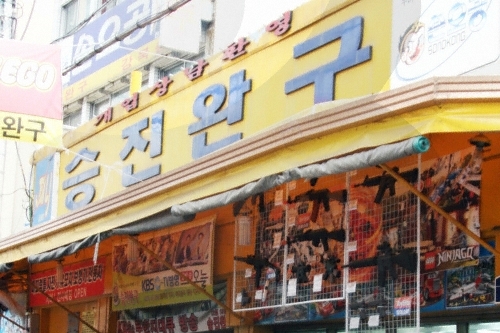
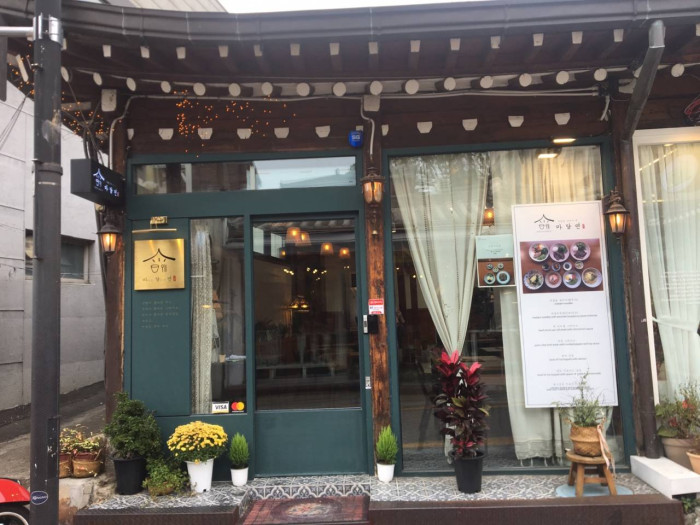
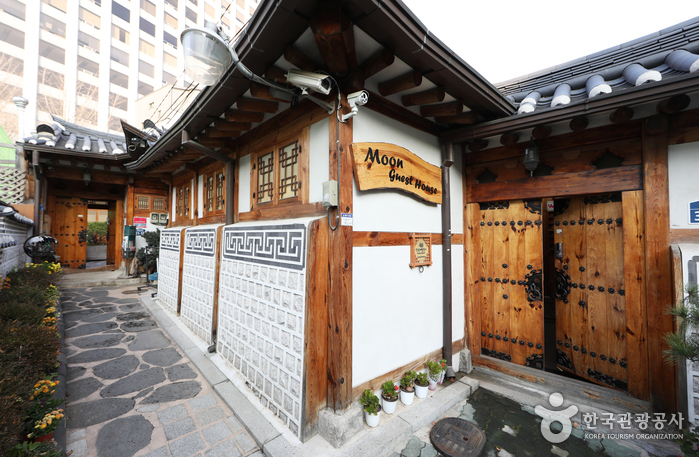
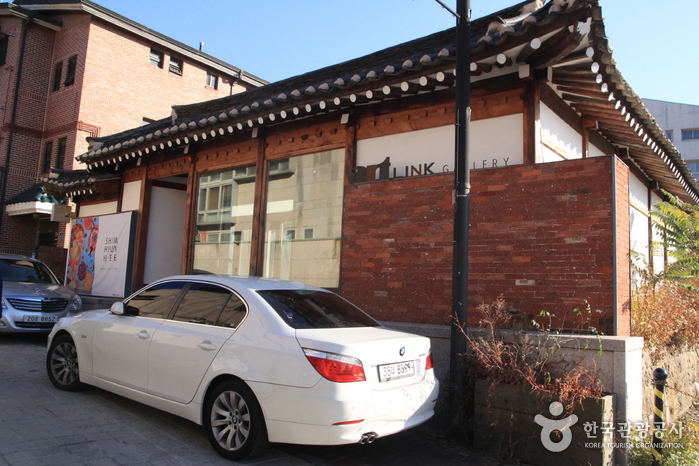
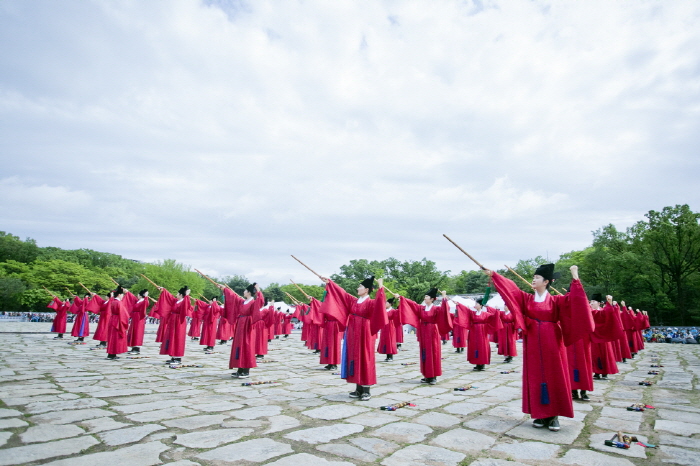
 English
English
 한국어
한국어 日本語
日本語 中文(简体)
中文(简体) Deutsch
Deutsch Français
Français Español
Español Русский
Русский